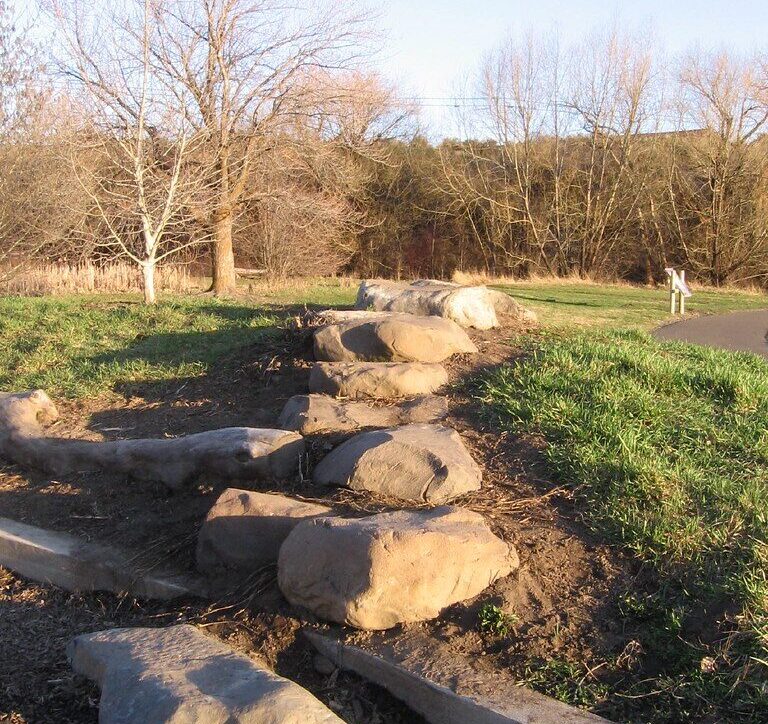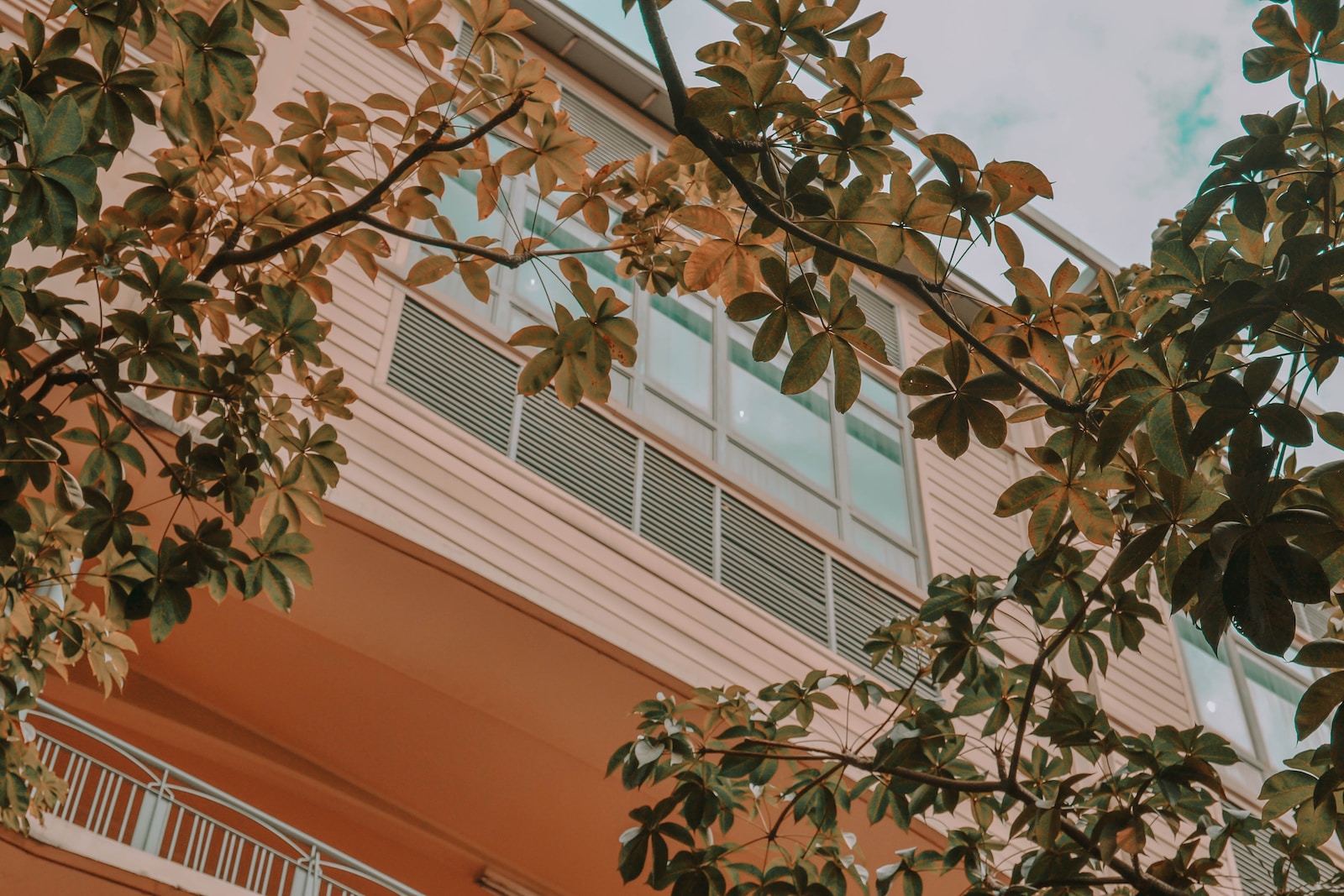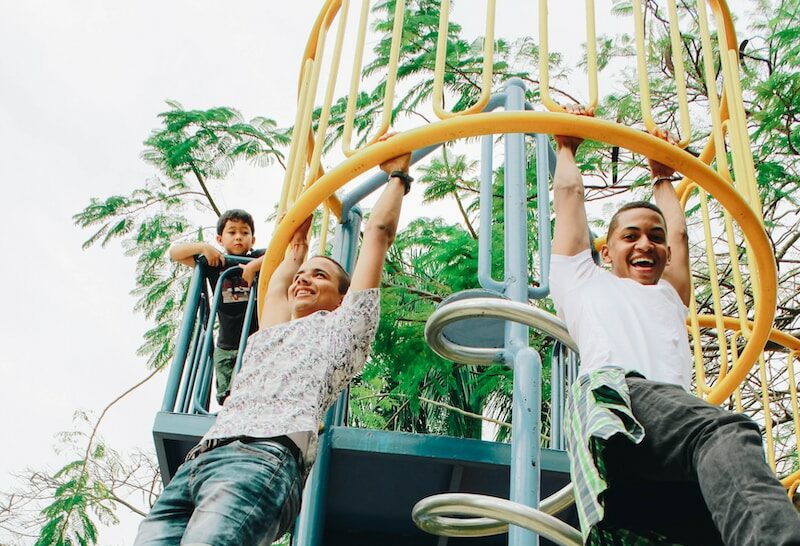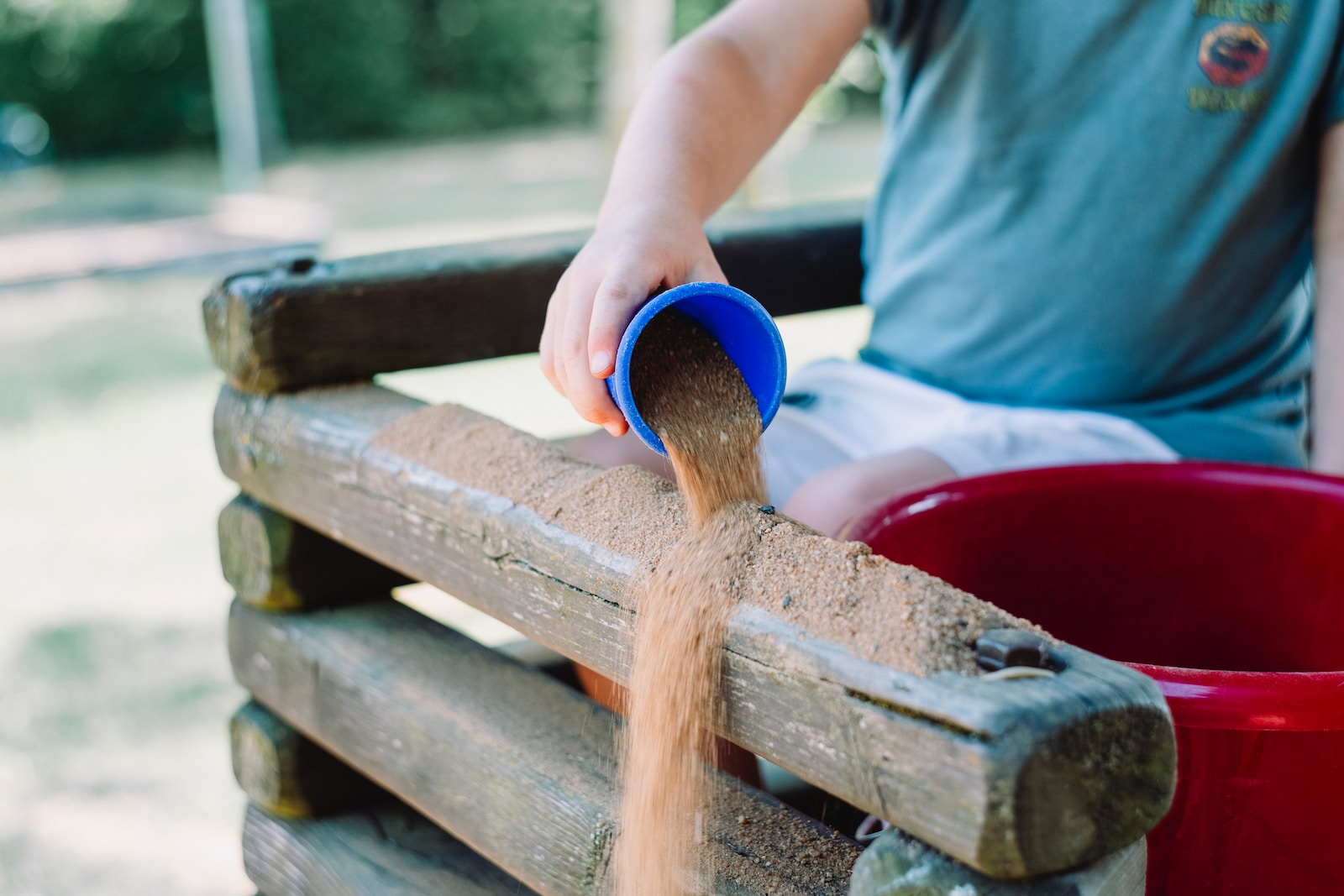Abstract
The school environment that provides opportunities for experiences in and with nature, as well as other greener educational spaces, enriches children’s lives with sensory and meaningful experiences. In this study, we aimed to characterise play spaces and natural elements identified by 20 children aged 4 to 6 in a preschool setting in Brazil. Data collection included naturalistic observation and focus groups, using photographs of 8 preschool’s sectors. We found that children preferred outdoor spaces for games such as tag, soccer, hide-and-seek, etc. Children recognised elements of fauna, flora, and abiotic features as examples of nature within the school. Considering children’s agency is essential in designing school and play spaces, which can be enhanced by incorporating natural elements to foster children’s places.
Journal: Education 3-13
Year: 2025



